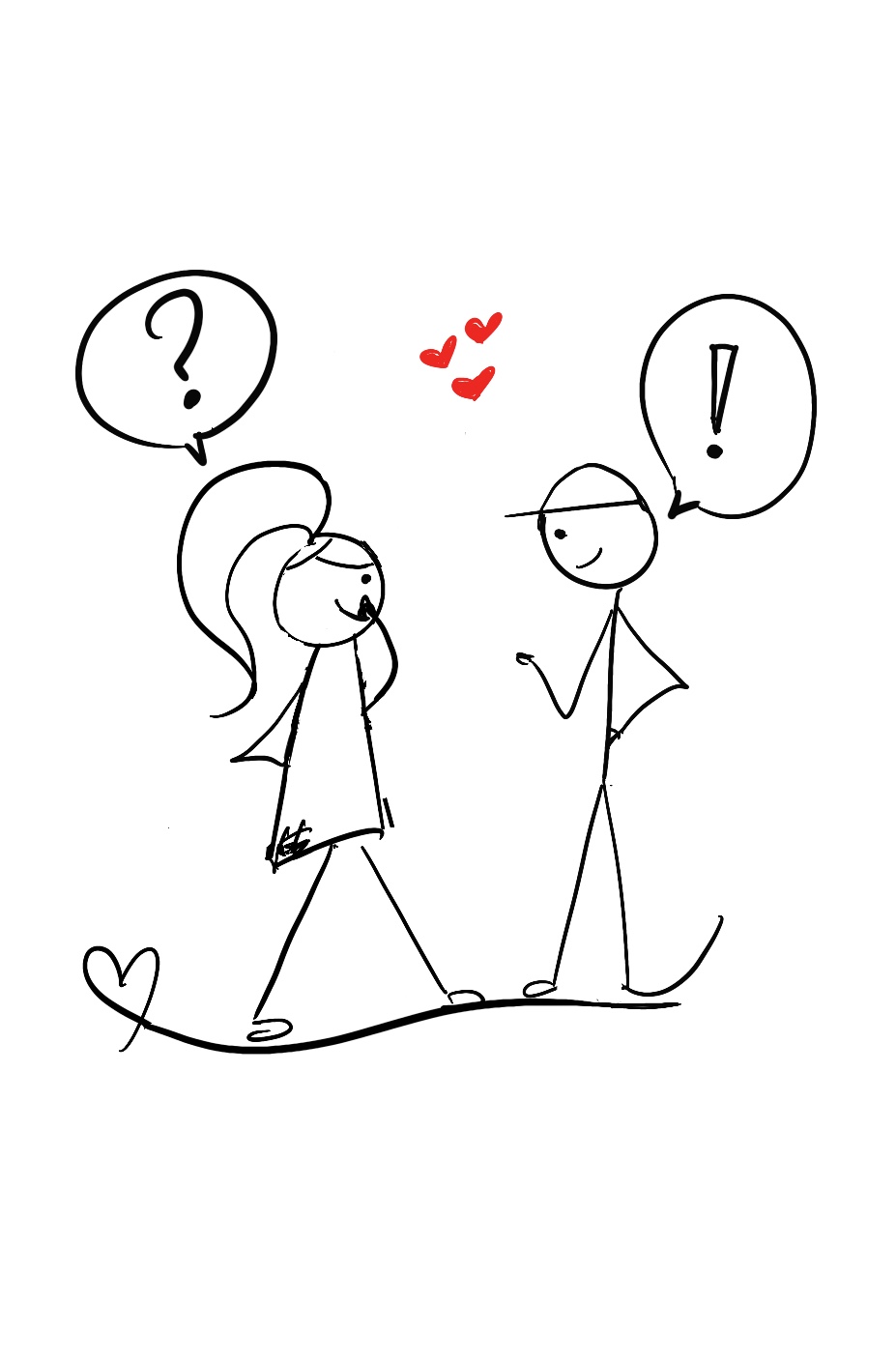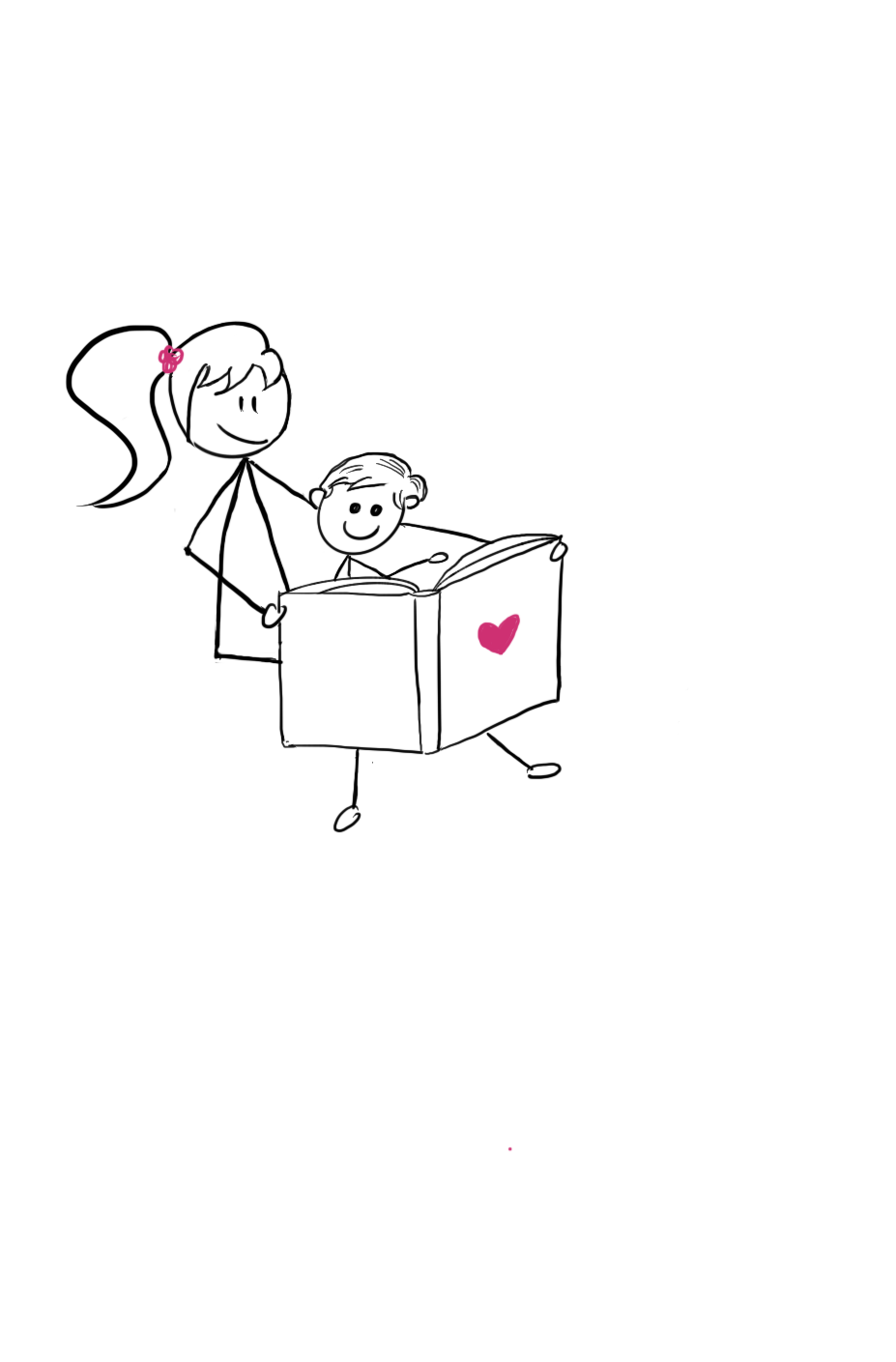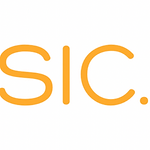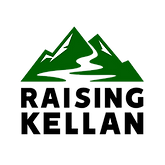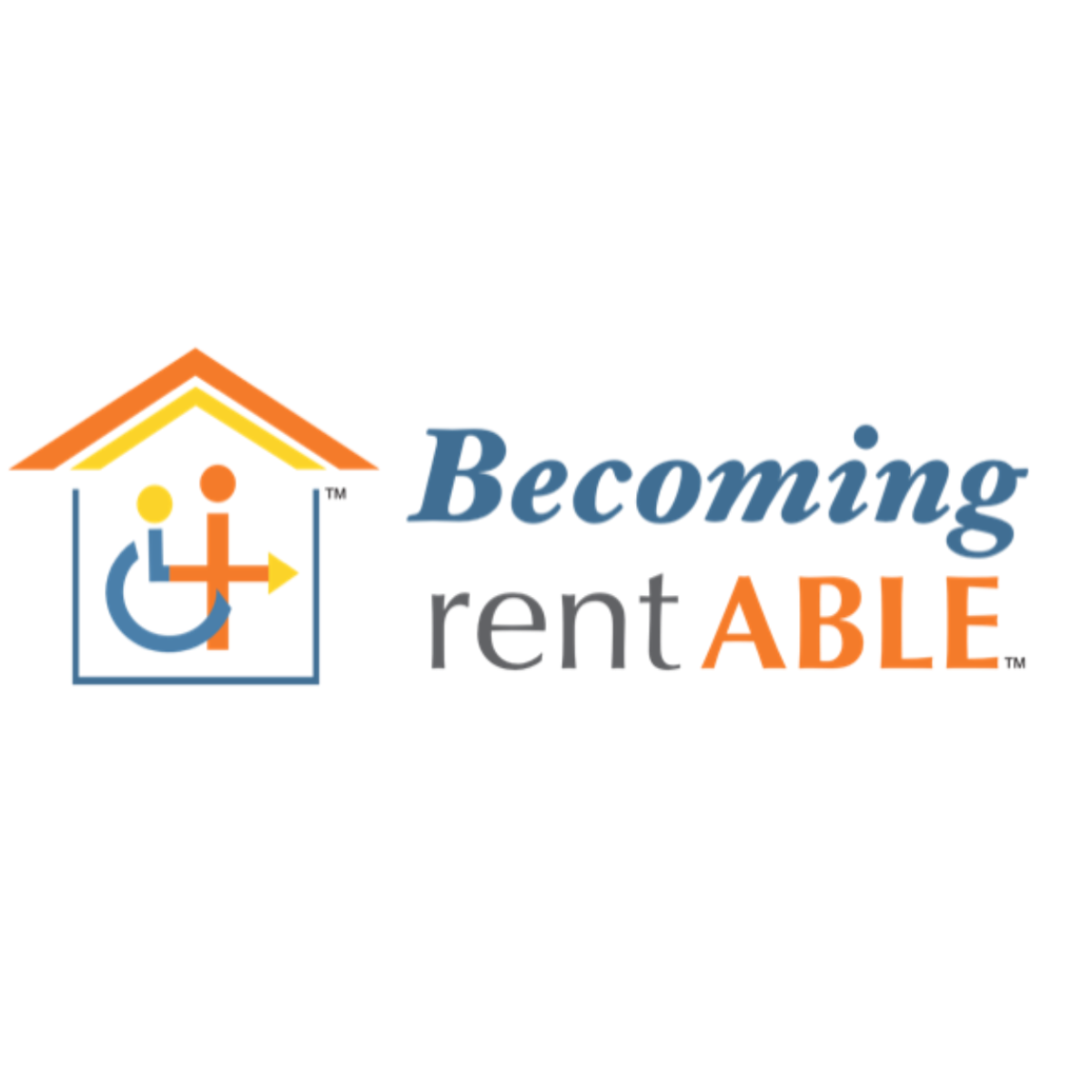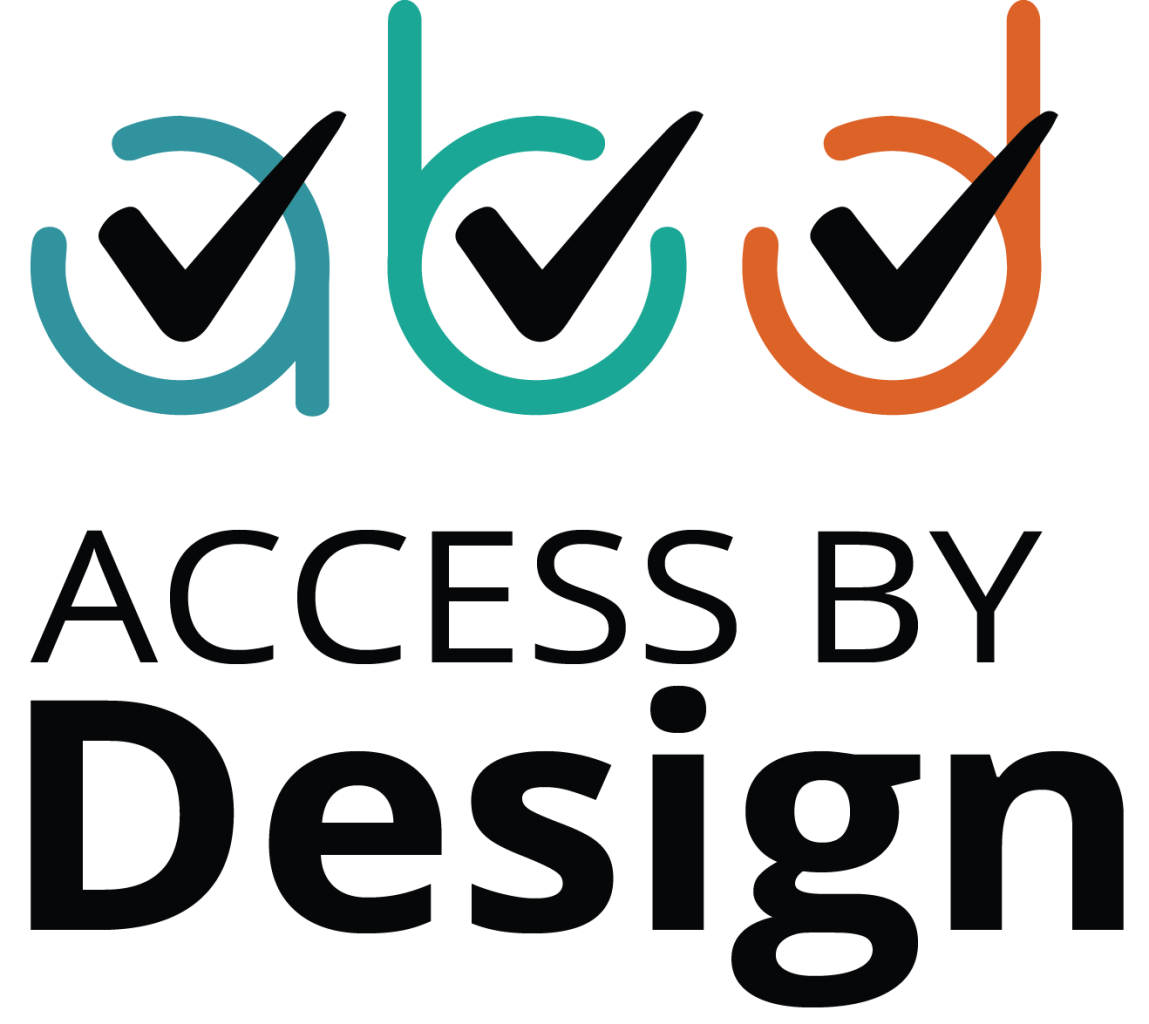Disability Inclusive Language: Your Essential Beginners Guide
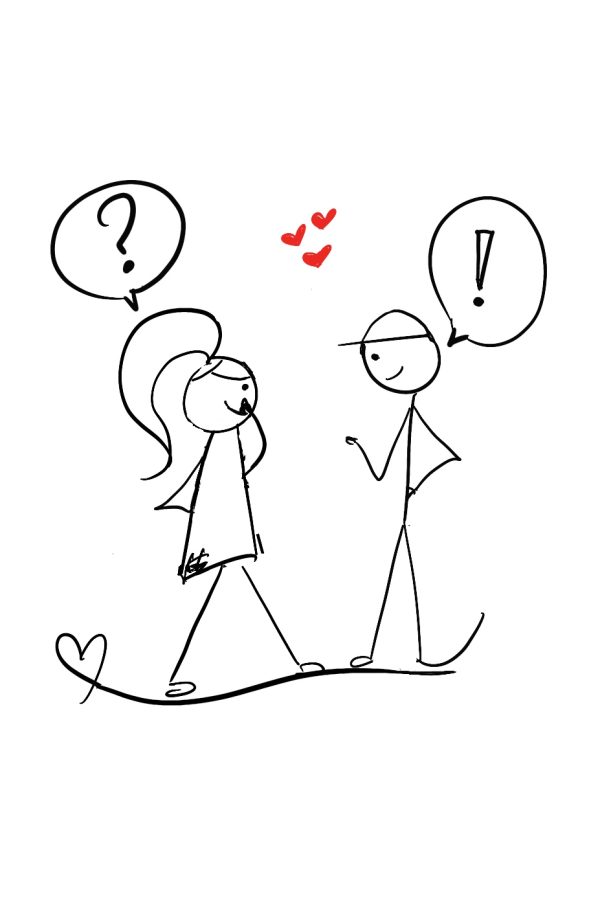
Have you ever felt awkward when you met a disabled person? Have you ever wondered how you should react?
What should you say?
We’ve all been there.
Now, there are many enlightening pieces of advice out there showing you ‘what to do’.
The downside?
Most come in the form of a poster.
They can educate you on the mechanics of disability, what to do, and what not to do.
Read through them, and you can learn how to communicate with a disabled person.
Heck, you might even do something that wins you extra brownie points like helping a blind person cross the street.
But if you dig deeper, if you want to know how to speak from the heart with confidence, cut through the noise, and even become an advocate, you need something better than a tired ‘How to’ post.
You need a disability-inclusive guide.
In this post — this complete, step-by-step guide — I’ll share tips to help you talk about disability with confidence so you can connect with disabled people.
You’ll also learn the secret to unlocking empathy, creating life-changing relationships, and motivating people to see disabled people with an open heart; for who they are.
People, like you and me.
Ready?
Let’s get started.
3 trustworthy ways to learn disability-inclusive language
1. Understand your hidden fear of disability
Ever found yourself talking to a person with a disability only to feel tense and flustered?
We’ve all been there.
Talking to a disabled person can feel like an unfamiliar and uncomfortable place. This dark place is your self-doubt, your lack of confidence, your fear of being separate from this person and suddenly having to deal with it.
And the result?
Feeling afraid of disability.
Feeling awkward.
Why does this happen?
For one thing, because you don’t see the human being in front of you. You focus too hard on the disability. Then, you label disability as different. Less-able. Fragile. Bad.
And, bad is scary.
Well, one thing’s for sure: You’re not alone.
Did you know 1 out of 3 people thinks having a disability makes you less happy and less productive?
But hang on a minute. Where does this come from?
Let me tell you a little story.
When Anna was 5 years old, her dad’s friend came to ask for a guide dog. He was a towering man, with a big face, and cloudy eyes. He used a cane when walking, and wore large dark sunglasses. Anna was scared of him. “Don’t stare at him, it’s rude! Look away!” her grandmother said.
But, she couldn’t help herself. She wanted to stare. Because when you’re a kid, you want to try and understand why someone has a body different from yours. So, Anna grew up afraid of disability. She learned disability is something you don’t acknowledge, it's something to avoid. And, she realized people think that too.
What might surprise you is that I left out a piece of the story.
It’s the part where I was Anna and instead of ignoring disability, my father asked me, ‘Do you know why his eyes are different? ‘Because Petro has an eye disease that stops him from seeing well. His cane helps him to see when he’s moving around. Now, he would like a guide dog to help him zip through the city.'
In short, the more time we spent together the more I learned Petro was a million laughs, not scary.
He taught me all about canes, how a blind person gets around, and even how I can magnify my senses, and see with my ears.
And that’s when the most amazing thing in the world happened.
A glorious seed was planted.
A seed that grew to shape my attitude. My actions. And, my perception of disabled people. A seed that took the place of discrimination, and prejudice, and closed the door to ableism.
And you can plant that seed too!
By now you’ll have realized how you see a disabled person springs from your limiting beliefs. A set of beliefs placing a greater value on non-disabled people, and a lower value on disabled people.
So, when you’re staring, instead of looking away, ask the person next to you the simple question. You’ll be surprised how it will give you permission to engage in conversation and learn that disability is ok.
2. Control the power of words and wipe out ableism
According to the Urban Institute, 4 in 10 adults with disabilities experience unfair treatment in healthcare settings, at work, or when applying for public benefits.
If the sight of a disabled person makes you feel uncomfortable, sit with your feeling.
And like a detective, investigate the root that gives rise to the awkwardness, and leads to ableism.
What is ableism?
Ableism is when your belief system says your abilities are superior to a disabled person. It’s when you think disabled people are less than.
But that’s just the tip of the iceberg.
Why?
Because our society wasn’t created with disabled people in mind, and the world we live in, is at its core 'ableist.'
In fact, ableism has been lurking in our belief system for an outrageously long time. It’s the disfigured face of discrimination, the brutal side of social and financial injustice, and the primitive stage of inclusion.
And, the rotten roots of ableism run deep.
They feed off downgrading limiting beliefs.
They invade malnourished parts of our society and twine their way into daily life taking many forms.
How?
Here are a few ways:
Lack of compliance with disability rights laws
- Buildings without braille on signs, elevator buttons, etc.
- Buildings without accessible entrances, rooms, etc.
- Supermarkets without braille on aisles, or inaccessible entrances
- Inaccessible websites
- Refusing to provide reasonable accommodations
- Refusing to provide access to public transportation
- Punch-line disability or mocking disabled people
- The belief disabled people need to be healed
- Dividing disabled students into separate schools
- Using restraint and seclusion to control disabled children
- Exposing disability as inspirational or tragic in news stories, movies, and other popular forms of media
- Making a movie that doesn’t have an audio description or closed captioning
- Casting a non-disabled actor to play a disabled character
- And that’s just part of the story.
Disrespectful ableist actions
- Talking to a disabled person like they are a child, or not talking directly to them, or speaking for them
- Thinking people must have a visible disability to be disabled
- Questioning if a person is disabled, or ‘how much they are disabled
- Using a mobility device to lean or rest
- Choosing an inaccessible place to meet
- Wearing scented products in a scent-free environment
- Using the accessible bathroom when you don’t need to
- Making a movie that doesn’t have an audio description or closed captioning
- Casting a non-disabled actor to play a disabled character
- Asking invasive questions about medical history or personal life without permission
Obnoxious, little-known ableist insults
I know you don’t mean to be insulting. And, you probably have good intentions.
But even your well-meant comments and actions can have a negative effect on a person with a disability.
Little-known ableist insults communicate a negative message about a person’s disability.
Here are some examples of what I’m talking about:
- “I don’t even think of you as disabled.”
- “Can I pray for you?”
- “I’m super OCD about how I clean my house.”
- “That’s lame.”
- “You are so retarded.”
- “Wow! That guy is crazy.”
- “You’re acting so bipolar today.”
- “It’s like the blind leading the blind here.”
- “Her ideas fell on deaf ears.”
- “He’s such a psycho.”
Can I be painfully honest with you for a moment?
The simple truth is when you speak like this you’re saying a disabled person is less than. You’re communicating disability is bad, and negative, and it’s a problem in need of a fix.
So, how can you communicate in a well-respected way?
How can you speak about accepting disability as a normal, inevitable part of life?
Let me show you.
3. Use compassionate disability-inclusive language
Disabled people have the right to choose how they talk about their disability.
There are 2 ways to bring up disability:
Person-first language (PLF)
This means you put the word ‘person’ before you mention disability.
For example, ‘He is a person who is blind.’
When you use Person-first language you recognize and accept a person who has a disability is, indeed a person.
And get this, it also sends the message of separating the person from the disability.
My point?
You’re respecting the identity of someone with a disability.
Identity-first language (IFL)
This is when you lead with disability.
For example, ‘disabled person’, or ‘She is a blind woman.’
This way, you recognize disability as a part of their identity.
In short, think of how you feel before you speak, and the kind of message you want to deliver.
Then, like a good friend ask with an open heart, and be fair.
Become a power-up voice of authority for disability inclusion
Lack of knowledge, understanding, and outdated attitudes are some good reasons why the whole world seems uncertain about disability-inclusive language.
Don't let this be you.
Trust in yourself to build life-changing relationships with disabled people. You are on a mission to attract, energize, and motivate people around you to see disabled people with an open heart; for who they are.
People, like you and me.
I'm ready. Are you?
Subscribe to Disability Tidbits newsletter
Get expert insights and practical tips that help you reach a wider audience—the disability community.

